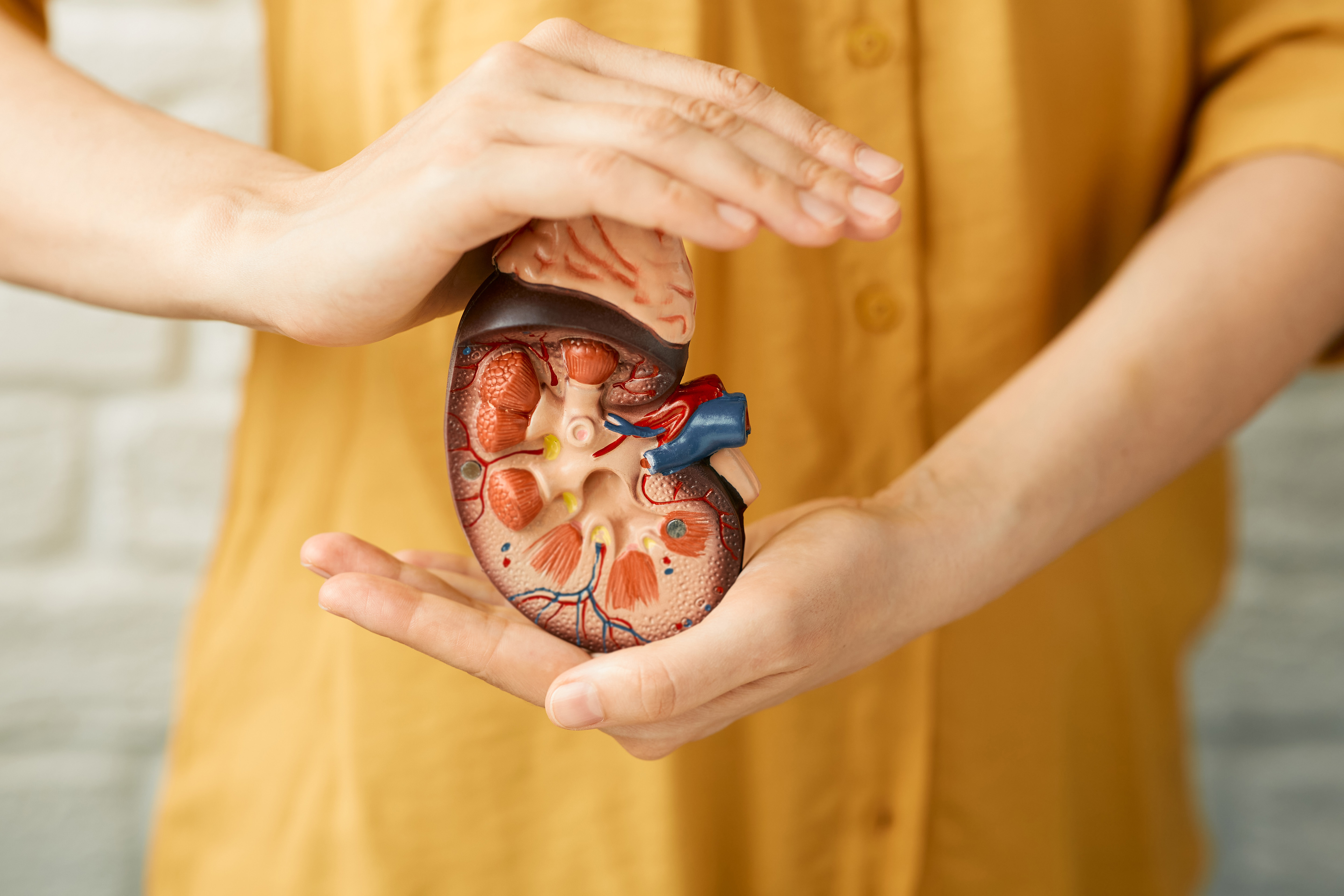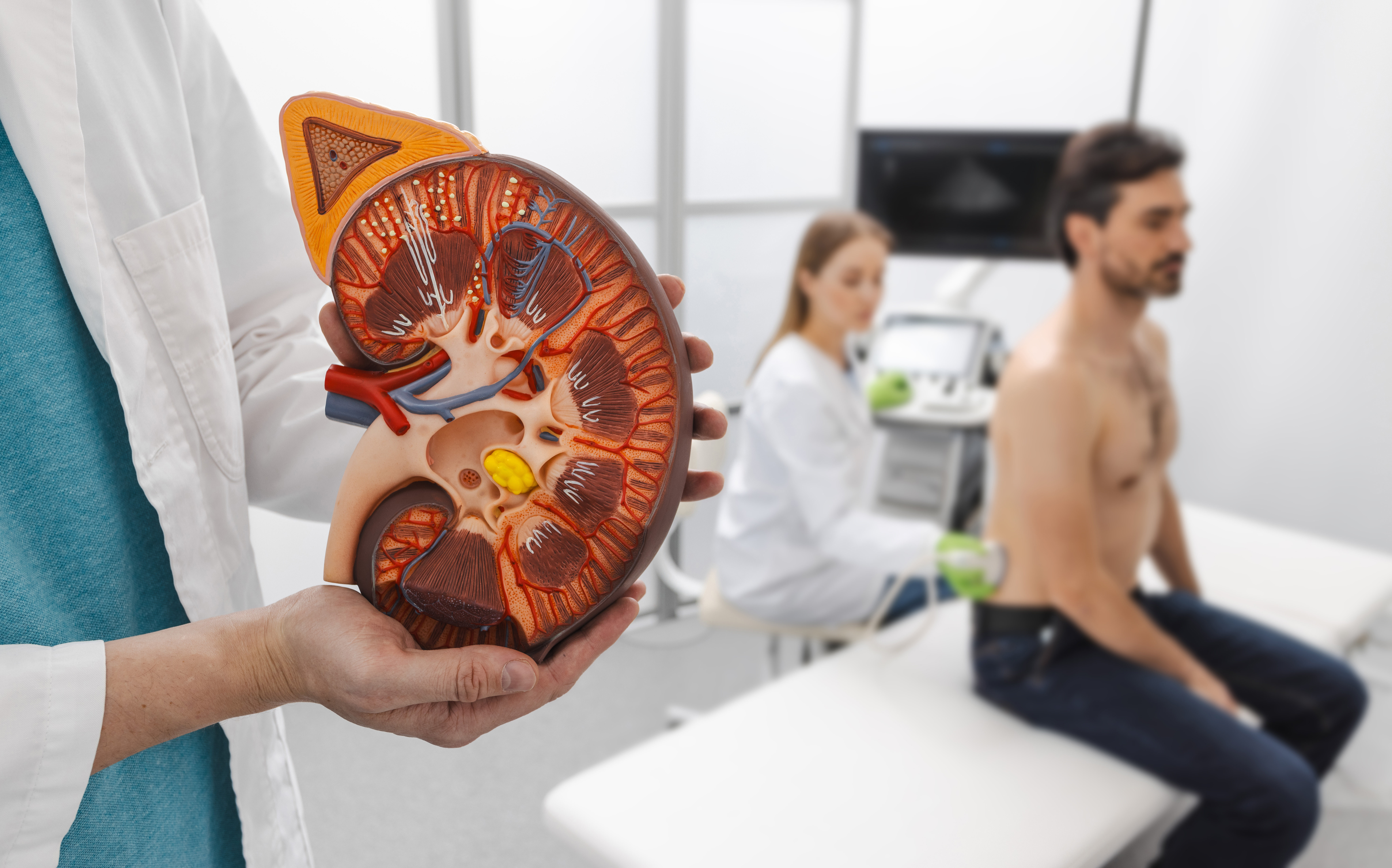Foolproof Ways to Spot the Sneaky Signs of Kidney Pain
The kidneys are vital organs that filter waste and excess fluid from the blood to produce urine. Beyond this, they play a crucial role in regulating blood pressure, balancing minerals, producing essential hormones, and maintaining bone strength. Kidney pain can arise from various causes, including kidney stones, urinary tract infections, pyelonephritis, polycystic kidney disease, injury, trauma, or renal cancer. However, distinguishing kidney pain from back pain, which is often caused by issues with bones, nerves, or muscles, can be challenging. While kidney pain is typically felt deep in the flank area, back pain from nerve issues is often localized to one side. With back pain being more common than kidney pain among the general population, understanding the differences is essential. To provide greater insight, we’ve expanded our list to explore 15 causes and symptoms of kidney pain, helping readers better identify and address this condition.
1. Location Of Pain

The location of pain can provide a better idea of whether an individual is experiencing pain in their kidneys or another tissue in the body. The main area where kidney pain is known to occur is in an individual's flank, which refers to the middle to upper back on either side of the spine. Pain in the kidney feels more like it is coming from deep inside of the body rather than a painful sensation that occurs just under the skin. The pain location may be described as the lower back part of an individual's ribcage, as the kidneys are located in that region. Kidney pain can occur on just one or both sides of an individual's spine, depending on its underlying cause. Kidney pain has also been known to manifest in the middle of an individual's sides a couple of inches above the navel. Pain that occurs due to other issues an individual may have in their back will be located underneath the region where kidney pain typically manifests. Changes in position can make a large difference in back pain, but position changes typically do not significantly alter the severity or location of pain when it is due to the kidneys.
2. Type And Severity Of Pain

An individual can help determine whether they are experiencing kidney pain by the type and severity of their pain. The type and severity of kidney pain depend on what is causing it. Kidney stones are known to produce sudden, intense, and sharp pain when they irritate the inside of the kidney and move into the ureters. Nerve pain is often mistaken for stone related kidney pain because it also produces sharp and intense stabbing pain. However, nerve pain radiates to other parts of the body differently than kidney pain. Kidney stone pain will only ease up once the stone is inside of the bladder or once it has been expelled from the body. Pain that occurs due to a kidney infection is usually a deep and dull ache sensation that remains stable and constant over time. Position changes do not alter it. This type of soreness will only improve upon several doses of antibiotics that successfully kill the infection-causing bacteria. Pain that occurs due to muscle and bone issues in an individual's back will not improve upon treatment with antibiotics and will fluctuate significantly with activity levels and position changes.
